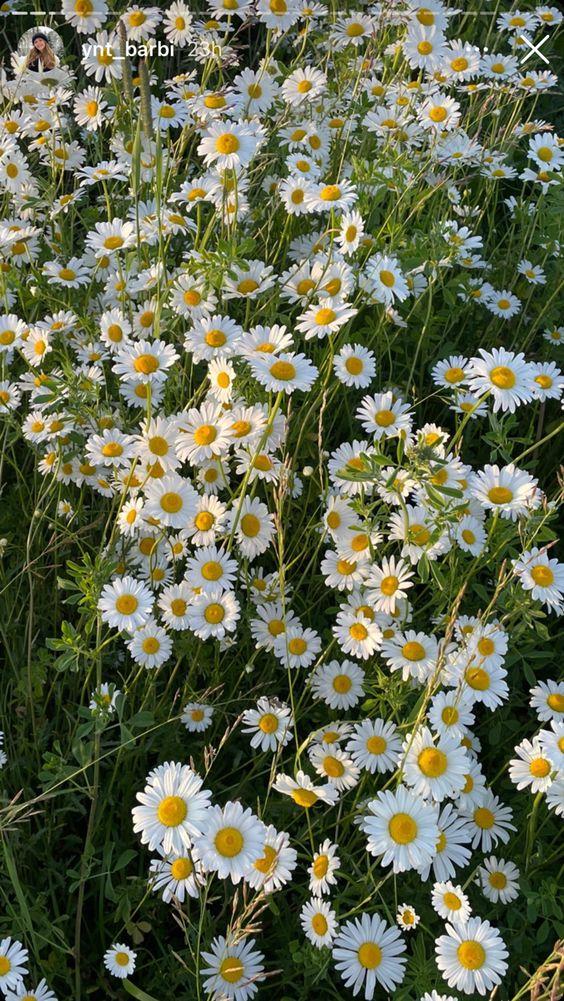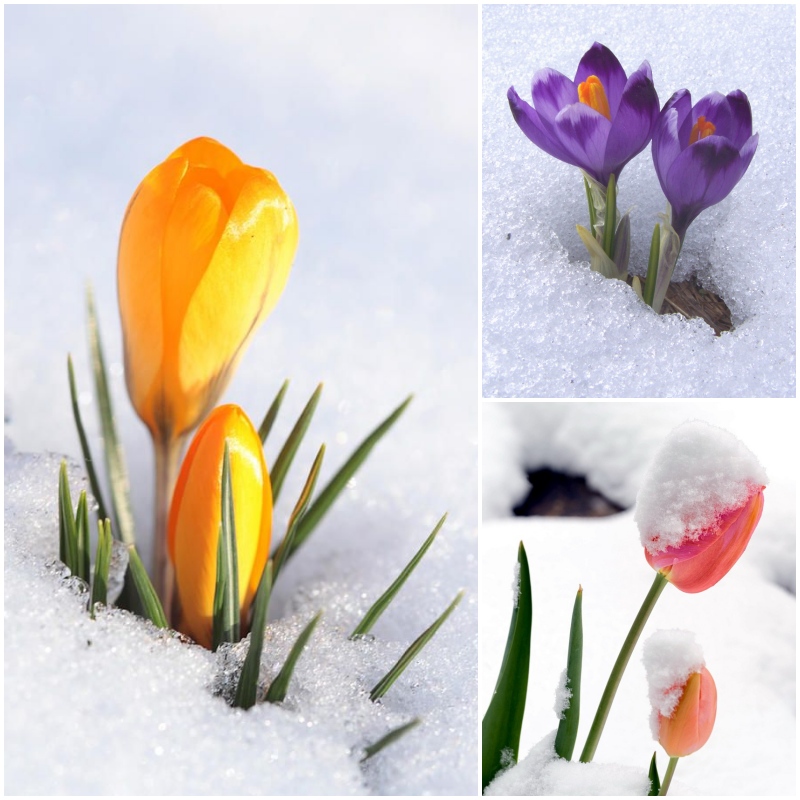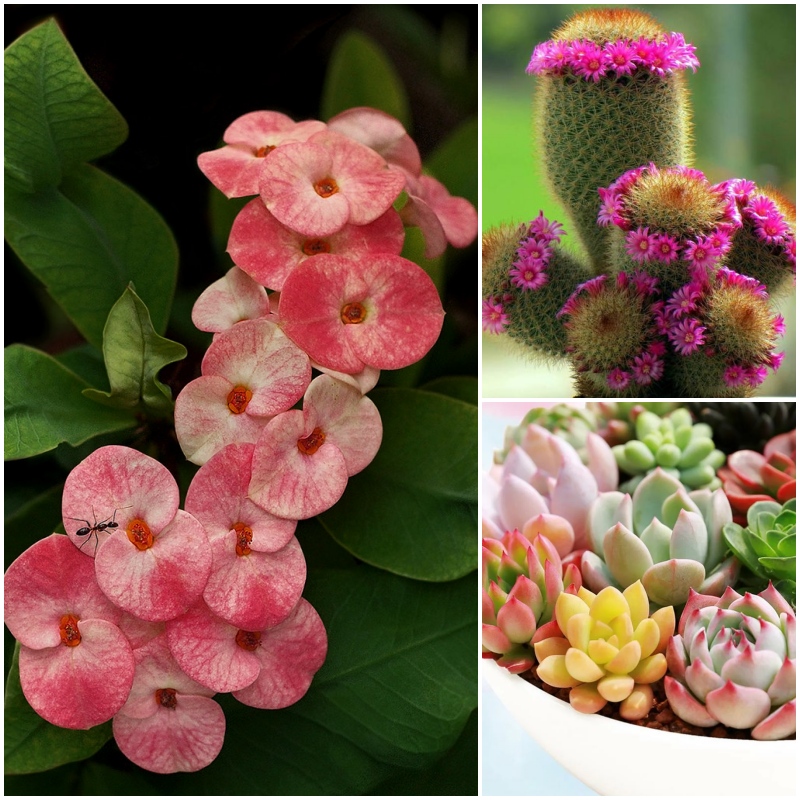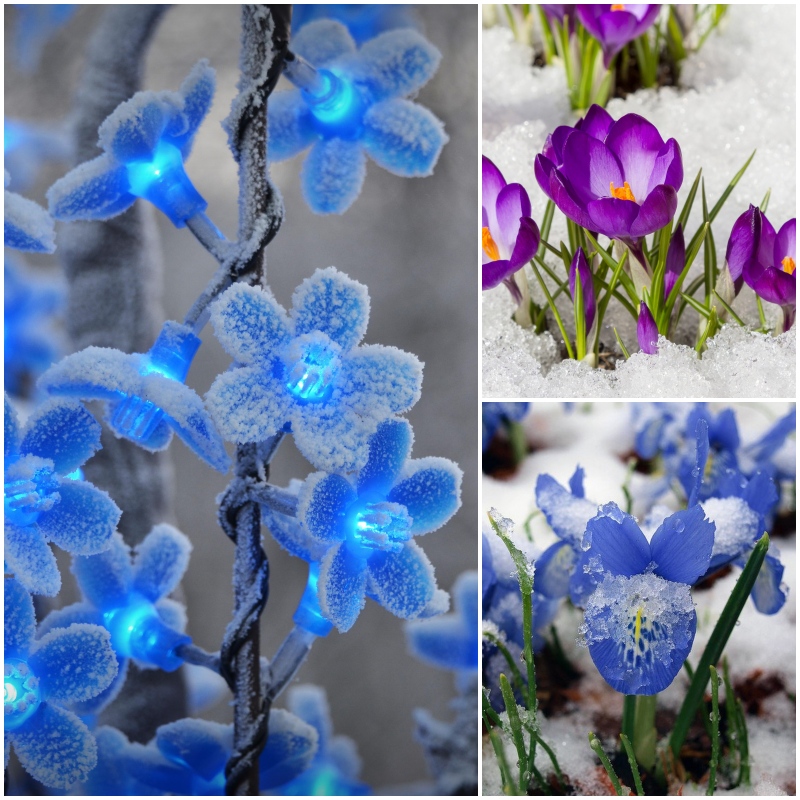Exploring Hawaii and enjoying the beauty of its lush tropical flowers is like enjoying a delicately decorated cake. Hawaii has a wide variety of unique plant species, and more than 90% of them are found only on this group of islands. The vibrant colors and fragrances of Hawaiian flowers create a captivating display that is truly mesmerizing. Blooming Plumeria adds to the tropical charm of this paradise.
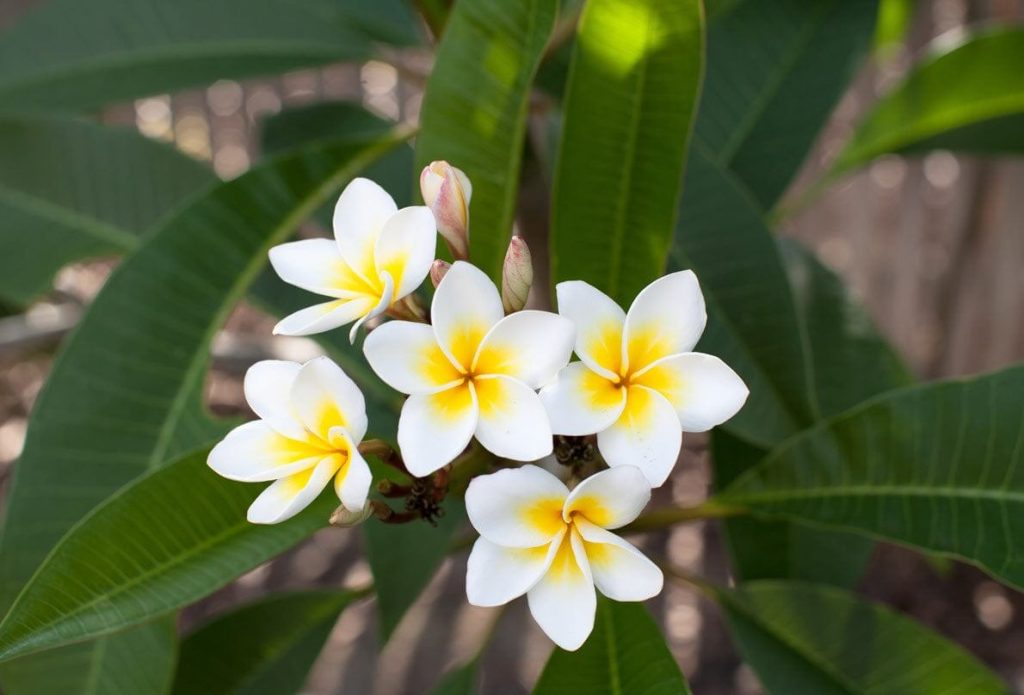
The Plumeria is a stunning sight to behold in Hawaii, with its beautiful colors ranging from white to yellow, pink and purple. Known for its sweet scent and vibrant appearance, wearing a Plumeria necklace creates a feeling of aloha, making it a treasured symbol in Hawaiian tradition. While traditionally found in Hawaii, it is possible to grow Plumeria in other parts of the United States with proper care. With colors including red, white, and even orange, these flowers really stand out no matter where they are planted. Take a trip to see these stunning Hawaiian flowers in person and experience the beauty of the Hawaiian hibiscus!

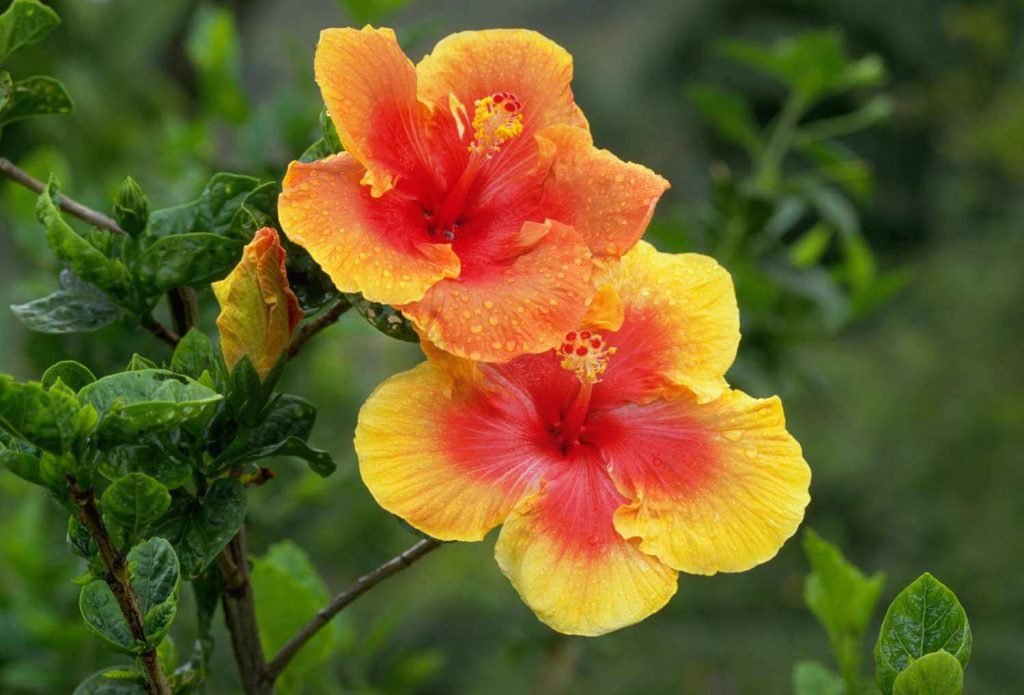
Enter the Hawaiian hibiscus, a stunning symbol of the tropics. It stands out among the collection of beautiful Hawaiian flowers. With seven species in its genus, the golden hibiscus holds the title of Hawaii’s floral emblem. These species have emerged through various migratory events. While the imported Chinese hibiscus is popular in Hawaiian gardens, the native Hibiscus arnottianus can also be found in some gardens. Unfortunately, the golden hibiscus is at risk of extinction due to threats from animals such as goats and pigs. It was designated the state flower of Hawaii in 1988. Another species, Hibiscus brackenridgei, also displays Hawaii’s unique plant heritage. The golden hibiscus can be seen on all of the Hawaiian Islands except Ni’ihau and Kaho’olawe, where it grows in various forms, from small shrubs to tall trees. No trip to Hawaii is complete without encountering this magnificent flower. Among the many beauties of Hawaii, the Hawaiian hibiscus truly stands out! Bird of paradise: an exotic wonder
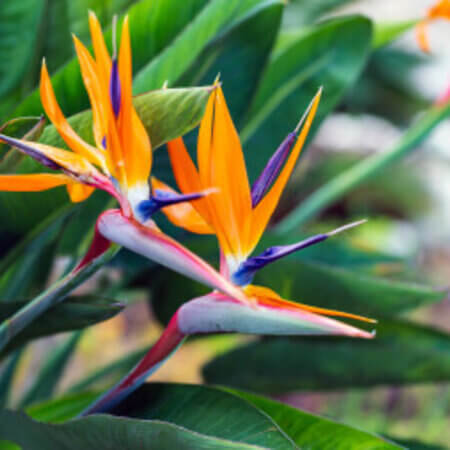
The Bird of Paradise, which symbolizes beauty, happiness and paradise, is an essential plant in Hawaii. Despite originating from Madagascar, it has become an integral part of the Hawaiian culture and landscape, thriving and affectionately known as the “Little Balloon” by locals. With its exotic charm, including the impressive giant bird of paradise (Strelitzia nicolai), this plant adorns Hawaii in various forms. Its bird-like appearance not only captures attention but also inspires innovation in optics, materials science and engineering. For those interested in owning a piece of this wonder, Hawaiian bird of paradise plants can be easily found locally. Adding vibrant colors to Hawaii’s tropical landscape, the Bird of Paradise stands as one of Hawaii’s iconic flowers. Pikake (Modify with more information, details or your personal experience to make it unique)

Known as Arabian or Indian jasmine, Pikake is native to India and is a vine shrub with round leaves and beautiful white flowers. It is cultivated in countries such as India, Thailand and the Philippines for its aromatic flowers, which are used to make perfumes and flavor teas. The fragrance of Pikake is heavenly, especially when crafted into a necklace or extracted into oils and perfumes. In the Philippines it is affectionately called “sampaguita” and is considered the national flower. In addition to its delicious aroma, Pikake is believed to boost confidence, relieve anxiety, and even act as an aphrodisiac. This hardy plant is a stunning, drought-resistant choice for Hawaii gardens.
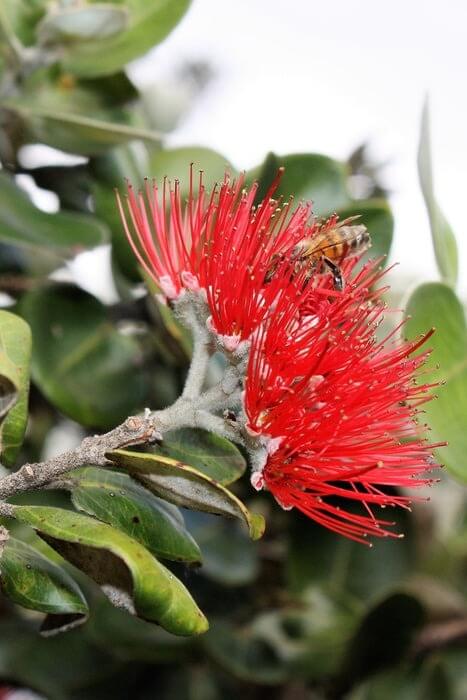
The Ohia Lehua tree, an important entity in Hawaiian culture and nature, stands out as the main native tree of Hawaii and represents 80% of the native forests. Part of the Myrtaceae family and appears in various forms, from a simple shrub to a large tree that can reach heights of up to 82 feet. What makes Ohia Lehua truly notable is its ability to thrive even after volcanic eruptions, carving new paths in lava flows and gushing directly from lava rocks. Its vibrant flowers, full of stamens, captivate in shades ranging from deep red to sunny yellow. Both culturally and ecologically, the Ohia Lehua often plays a role in Hawaiian tales and legends. A moving story tells of the love between ʻŌhiʻa and Lehua, where ʻŌhiʻa is transformed into a tree by a jealous Pele, the volcano goddess, and Lehua, consumed by grief, becomes the tree’s flower. Traditionally, Ohia Lehua wood was crafted into tools, while its leaves were used to make medicinal remedies. It serves as the foundation for a diverse ecosystem, providing a home for native insects and rare tree snails. However, Ohia Lehua faces the threat of the rapid spread of Ohia Death, a fungal disease that puts its presence in Hawaii at risk. Coming across an Ohia Lehua tree during your trip to Hawaii is sure to enrich the memories of your visit! Experience the beauty and meaning of this iconic tree for yourself.
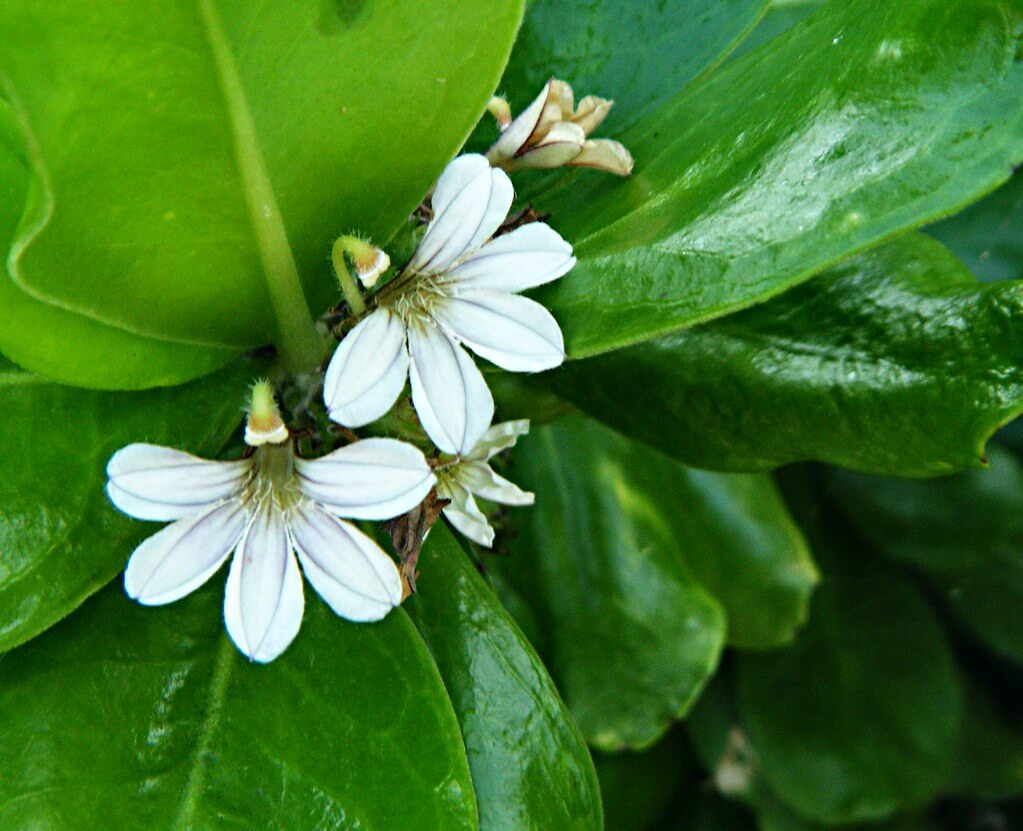
The naupaka plant, scientifically known as Scaevola sencea, stands out among Hawaiian flora for its distinctive half-flowers and rich legends. Thriving in both coastal and mountain environments, it is divided into two varieties: the coastal dweller, naupaka Kahakai, and the mountain resident, naupaka Kauihiwa. While the coastal naupaka can be found along the tropical Pacific coasts, the mountainous variant is found exclusively in Hawaii. According to legend, the split flowers of the plant represent the eternal separation and lasting love between naupaka and Kauihiwa, two star-crossed lovers. This plant not only adds beauty to Hawaiian landscapes, but also plays a vital role in protecting them by acting as a natural barrier against erosion and providing habitat for native wildlife. Visiting Hawaii offers a unique opportunity to admire and appreciate these captivating plants, each with its own story to tell within the diverse tapestry of Hawaiian culture and biodiversity.
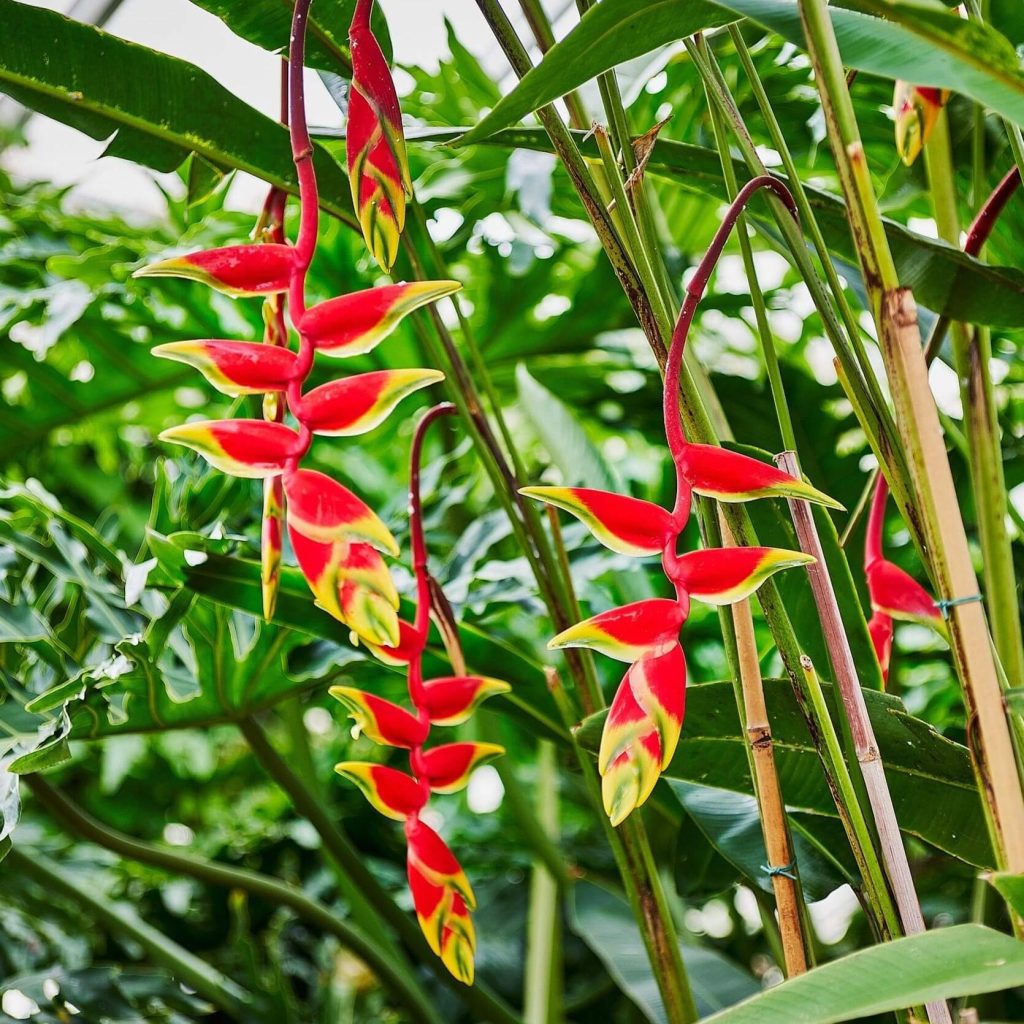
When exploring Hawaii’s lush landscapes, one cannot miss the stunning Heliconia, a botanical beauty that captivates with its vibrant vermilion colors. Native to the tropical Americas, these plants have left their mark on the Hawaiian landscape and western Pacific regions. Known for their colorful flower bracts in shades of red, orange, yellow and green, Heliconias also feature large foliage with hints of copper tones, sometimes adorned with ivory or pink accents. Attracting hummingbirds with their bright hues and sweet nectar, these flowers thrive during Hawaii’s rainy season and grace rainforests and humid tropics. Highly valued for its ornamental value in tropical gardens, most of the approximately 200 species of Heliconia come from neotropical regions. Some species are considered vulnerable according to the IUCN Red List. Preferring warm, humid environments, Heliconias struggle in cold or dry conditions. As its fruit matures, it takes the form of a drupe containing seeds in a tough core. Overall, Heliconias contribute to Hawaii’s landscape with unparalleled exuberance and vitality. Including Heliconia in your botanical exploration of Hawaii is a must to appreciate the diverse flora of this beautiful region. Hinahina: A Vision of Hawaii’s Botanical Legacy.

In the heart of the Pacific Islands, Hinahina, also known as beach heliotrope (Heliotropium anomalum), stands out as an important native plant found throughout Hawaii. This small shrub, with its silvery gray leaves covered in fine hairs, thrives in coastal areas despite splashing salt water and sandy soils. It symbolizes the resilience and natural beauty on the edges of the Hawaiian Islands. Beyond its botanical importance, Hinahina holds a special place in Hawaiian culture and traditions. Its ecological benefits are clear, as it helps restore coastal ecosystems and combat erosion. Resembling succulents, it is even designated as the official emblem of Kaho’olawe, a prestigious status in the world of Hawaiian flora. Koʻoloaʻula: Guardian of Kaho’olawe Plant Life

Native to the sacred lands of Kaho’olawe, Koʻoloaʻula (Argyroxiphium kauense) is a shining example of the silversword family, closely related to sunflowers. This plant, with its striking silver leaves and tall stems topped with yellow flowers, tells a story of survival and rarity, and grows up to six feet tall. However, it faces threats from habitat loss and invasive species, putting it at risk of extinction. Organizations like the Kaho’olawe Island Reserve Commission work tirelessly to protect and preserve this species, ensuring its place in Hawaiian culture and ecology for generations to come.
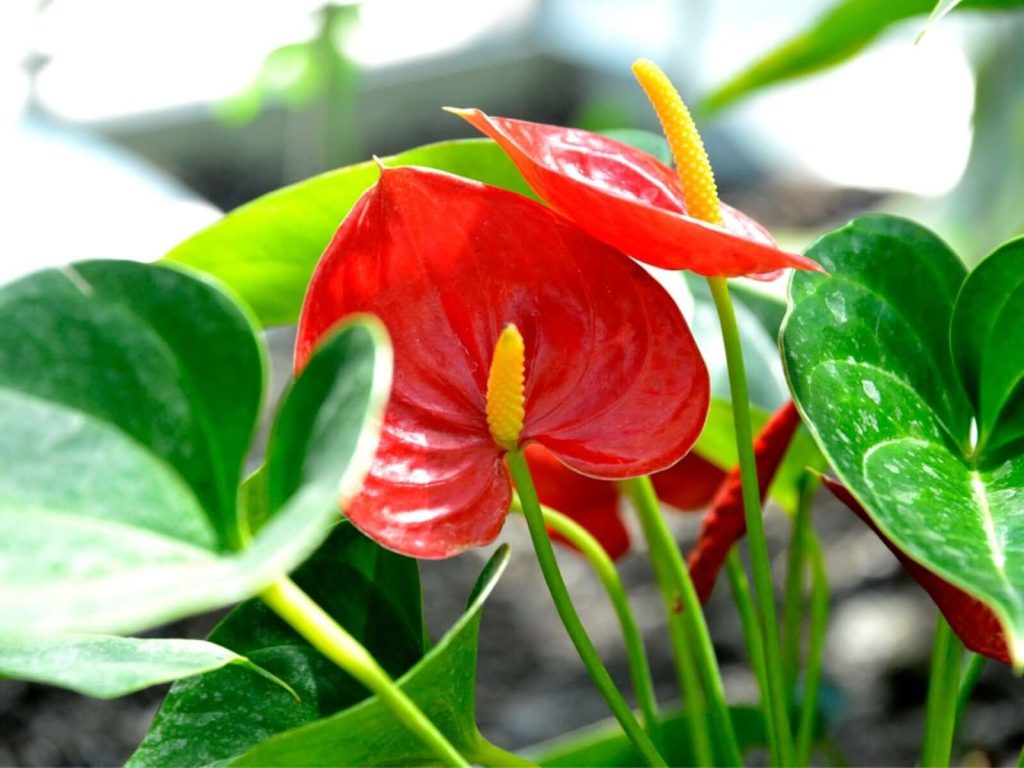
Anthurium was brought to Hawaii by Samuel Mills Damon in 1889, originally from the rainforests of South America. Among them, the Obake hybrids stood out for their vibrant colors, beginning their genetic journey in the 1930s. These hybrids found their home in the humid embrace of the Puna region of Hawaii, where they have become famous in the floriculture industry. for its large and showy flowers. With its roots in distant lands, Anthurium has become intertwined with Hawaii’s botanical heritage, combining traditional botanical heritage with the innovative spirit of hybridization. Experience the sweet fragrance of the Hawaiian Islands with Nau or nanu.
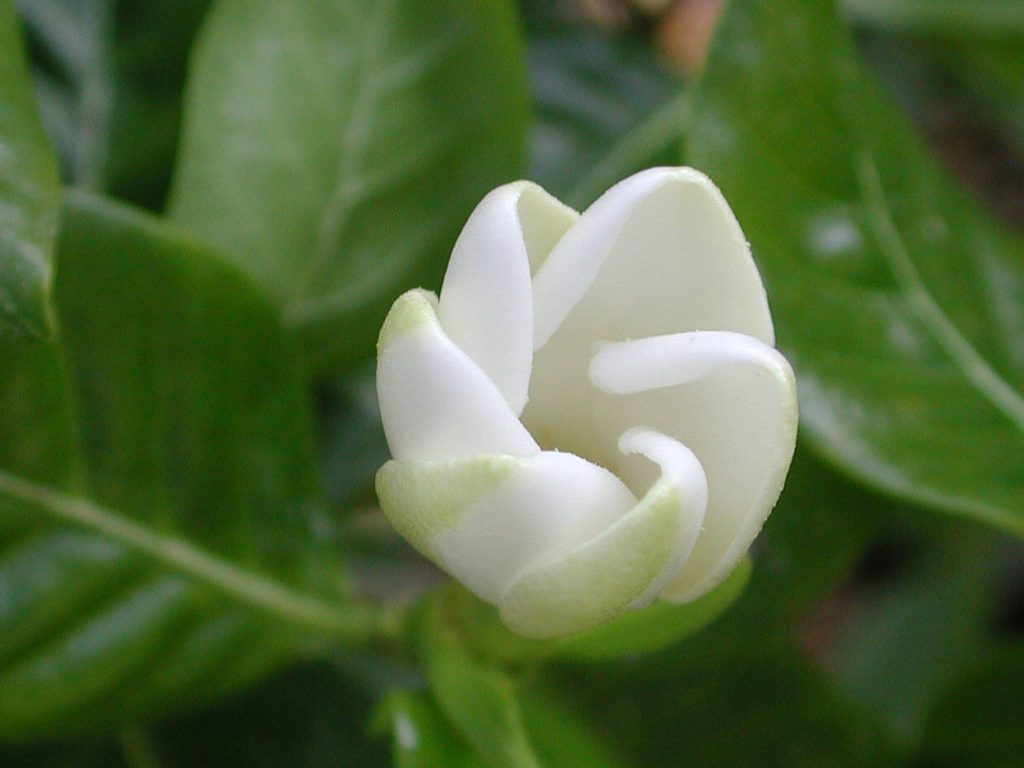
The Hawaiian gardenia, known as nau or nanu in the islands, is a precious treasure unique to Hawaii’s lush green landscapes. This stunning plant stands tall, with branches reaching up to 16 feet tall, adorned with beautiful dark, glossy leaves. The fragrant flowers of the Hawaiian gardenia are a sight to behold, with solitary white flowers gathered together in a tubular shape. This majestic plant, once a common sight throughout Hawaii, now only thrives in specific tropical dry forests on certain islands, serving as a stark reminder of nature’s delicate balance. Deeply rooted in Hawaiian traditions, the beauty of the Hawaiian gardenia is a symbol of hope for conservation efforts and represents the beauty that hangs in the balance of time.
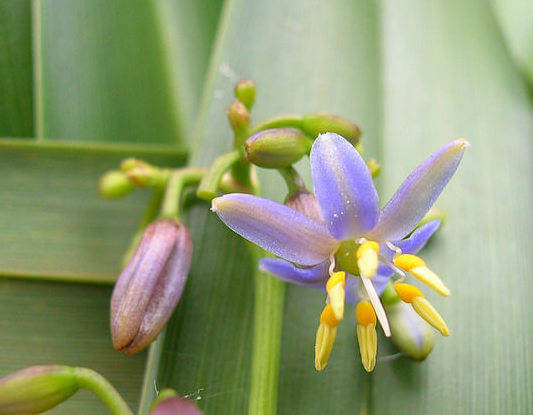
The Uki Uki, also known as the Hawaiian lily, plays a crucial role in Hawaii’s diverse ecosystems, adding its distinctive green leaves and vibrant violet-blue flowers to the mix. Once a key part of indigenous diets and traditional crafts, this plant has immense cultural and environmental value in Hawaii. Although it is not in danger of extinction, it does face some obstacles that further emphasize its importance in the natural and cultural heritage of the island. Pua Kala: a symbol of Hawaii’s botanical diversity

The Hawaiian poppy, also known as Pua Kala, is a striking flower with its bright yellow petals and spiky appearance, showcasing Hawaii’s unique plant life. As a member of the poppy family, it can be found along the coast and in the highlands, contributing to the rich cultural fabric of the islands. Despite the challenges posed by modern development and invasive species, this flower continues to stand as a symbol of Hawaii’s botanical heritage. The Hawaiian Red Cranesbill: a symbol of Hawaii’s diverse variety of plants.

The silver geranium (Hinahina), found only in Maui’s volcanic terrain, is a stunning example of nature’s creativity, with its intricate floral structure perfectly suited for bird pollination. This rare plant is in a vulnerable state, with fewer than 500 individuals remaining, emphasizing the critical importance of conservation efforts in the face of habitat destruction and invasive species. Deeply respected in Hawaiian culture, the silver geranium symbolizes the intertwined connection between the islands’ diverse wildlife and their rich heritage, acting as a guardian of Hawaii’s ecological and cultural legacy.

The silver geranium, affectionately known as Hinahina, is a special plant found only in Hawaii that symbolizes the unique nature of the islands. This small shrub, which reaches just one meter in height, is easily recognized by its silvery leaves covered with fine hairs and its small ivory-colored flowers with golden centers. Hinahina, which thrives in a variety of environments, from dry forests to high mountain scrub, is not only prized for its beauty in gardens and restoration projects, but also has a sacred place in Hawaiian traditions. In the past, its leaves were used in herbal remedies for stomach problems or as poultices for skin problems. Although the silver geranium is not currently endangered, it is threatened by invasive species and habitat loss. If you are in Hawaii, be sure to take the opportunity to see this rare and charming plant before it is
